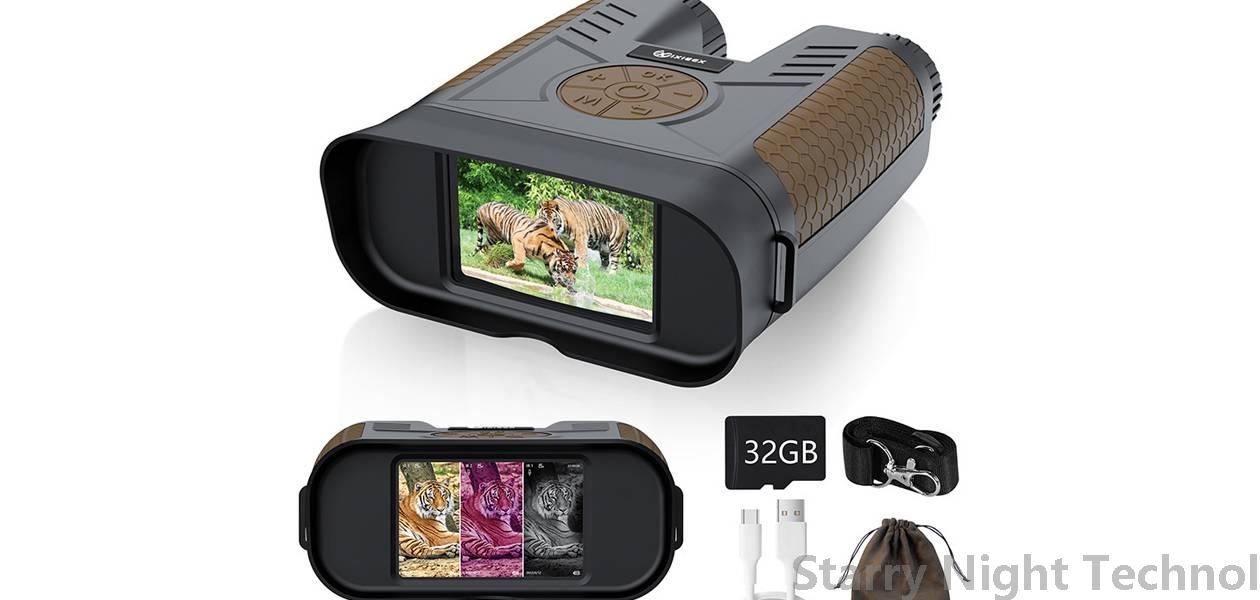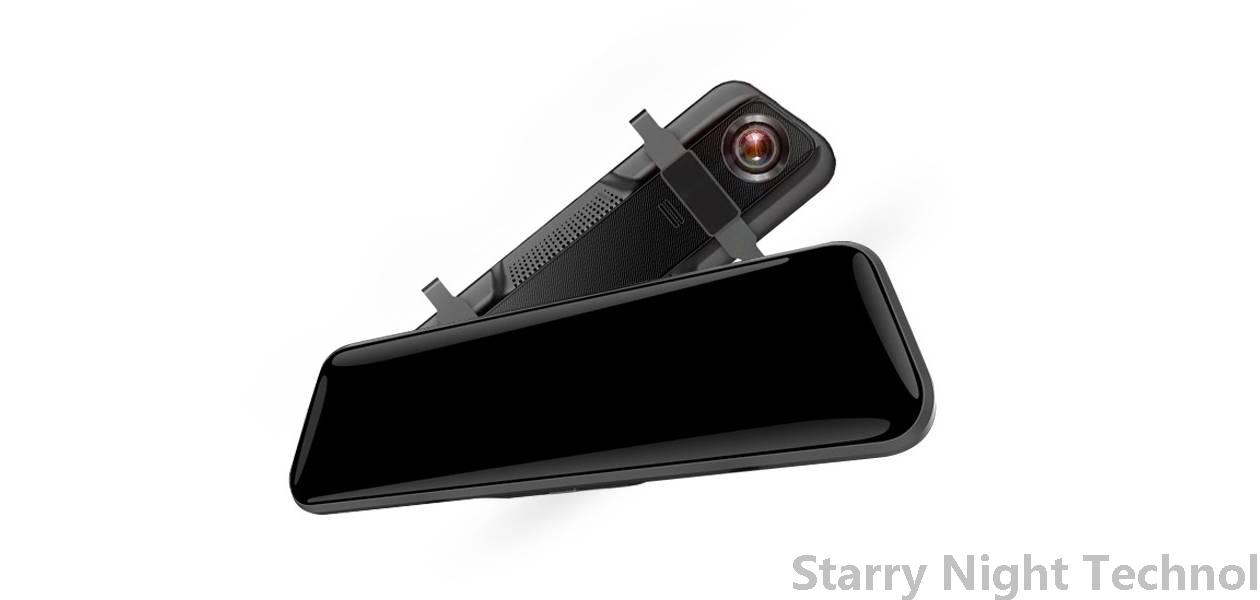The Protector of Surveillance Drones: Guardian of the Darkness
1751266821000

In an age where technology has reshaped every aspect of our life, security remains one of its principal frontiers. Heightened threats from various sources—terrorism, civil unrest, natural disasters—have pushed nations and private entities to invest significantly in surveillance technologies. Among these innovations, drones have emerged as a formidable tool for overseeing human activity across numerous settings: urban landscapes, borders, and conflict zones alike. However, behind the cold metallic chassis of these flying eyes lies a coherent narrative about ethics, privacy, legality, and what it means to be protected—or intruded upon—in modern society.
#### Unraveling the Guardianship Narrative
As surveillance drones proliferate, the rhetoric surrounding them often dichotomizes into two camps: those who view them as protectors of peace and order and those who perceive them as instruments of oppression and voyeurism. On one hand, proponents herald their prowess in enhancing safety protocols. From monitoring public events for potential threats to assisting rescue operations during disasters, drones serve as guardians in times when situational awareness is paramount.
Conversely, critics voice legitimate concerns over misuse, including racial profiling, invasive surveillance practices, and lack of transparency. A seeming omniscience lurks amidst vast swathes of data collected, which raises ethical questions regarding consent, ownership, and accountability.
Thus arises the need for a nuanced exploration; rather than outright acceptance or rejection of drones, society must weave an understanding of their essence—as both protective agents and potential aggressors.
#### The Rise of the Silent Watchers
Historically, aerial surveillance was limited to manned aircraft, requiring pilots and logistical support that could quickly become prohibitively expensive. The advent of drone technology democratized this capability, allowing law enforcement agencies, military bodies, and even community organizations to deploy UAVs (unmanned aerial vehicles) efficiently.
For instance, local police departments now make use of surveillance drones for searching crime scenes, identifying suspects, and enhancing traffic management. During emergencies like wildfires or floods, drones can prove invaluable by providing real-time reconnaissance without placing human lives at risk. Meanwhile, national defense strategies utilize high-altitude long-endurance drones to monitor hostile regions without entering unnecessarily volatile territories.
But while these are compelling arguments in favor of surveillance drones, the question looms large: Who watches the watchers? To ensure that drone usage remains within ethical parameters, agencies must evolve new frameworks governing deployment and oversight. It isn't merely technological sophistication that defines these machines but also the evolving social contract around them.
#### Ethical Dimensions of Drone Utilization
 Different jurisdictions have approached regulatory frameworks with varying degrees of rigor. Some countries have enacted legislation mandating warrants before deploying surveillance drones, echoing traditional legal protections against unreasonable searches and seizures. Others, however, have relatively lax regulations, leading to fears of creeping authoritarianism cloaked under the guise of security measures. The philosophical ramification of such actions ultimately asks whether efficiency threatens civility—the sacred notion that human dignity should remain intact irrespective of technological advance.
Different jurisdictions have approached regulatory frameworks with varying degrees of rigor. Some countries have enacted legislation mandating warrants before deploying surveillance drones, echoing traditional legal protections against unreasonable searches and seizures. Others, however, have relatively lax regulations, leading to fears of creeping authoritarianism cloaked under the guise of security measures. The philosophical ramification of such actions ultimately asks whether efficiency threatens civility—the sacred notion that human dignity should remain intact irrespective of technological advance.Moreover, ethical considerations extend beyond immediate legal standards. Algorithms used in facial recognition technologies underpinning many drones face scrutiny due to inherent biases that might exacerbate systemic injustices. Calls for algorithmic fairness, transparency, and accountability highlight how let’s say, ‘the protector of darkness’ must not falter in upholding fundamental rights while harnessing advanced capabilities.
#### Sociopolitical Implications
The social implications of surveillance drones extend far beyond the domain of privacy; they reflect broader sociopolitical dynamics. Inequitable distribution of surveillance resources can lead to disenfranchised communities feeling disproportionately monitored compared to more affluent neighborhoods. Such imbalances risk breeding distrust between citizens and authorities and create fissures in already delicate civic relationships.
Internationally, the deployment of military surveillance drones often crosses borders, challenging sovereignty and complicating diplomatic relations. The rise of unmanned warfare creates further controversies, particularly concerning self-governance and international humanitarian law, as collateral damage emerges without foot soldiers present to offer human judgment amid chaos.
Ultimately, if we regard surveillance drones as ‘guardians of the darkness,’ then it becomes imperative to stress responsibility alongside innovation. This calls for robust dialogues involving policymakers, technologists, ethicists, and the communities affected by these advancements.
#### Conclusion: Charting a Shared Path Forward
Navigating the landscape shaped by surveillance drones requires balance—a continuous dialogue addressing the tensions between protection and intrusion. As societies mutually define boundaries, regulations must adapt to safeguard personal liberties while enabling necessary vigilance.
Perhaps within the seemingly unyielding shadows cast by these mechanized guardians lies the opportunity for enlightenment; a chance to rethink foundational principles that bind collective futures in the age of information. By fostering cooperation among stakeholders, establishing ethical guidelines, and engaging the public, we can turn a potentially divisive tool into one that enhances communal well-being.
Ultimately, true guardianship of the darkness lies not solely in watching but empathetically understanding the light and frailty of humanity beneath. Only through mindful mediation can civilization thrive amidst torrents of evolving ingenuity.
What are the brands of night vision devicesStarry Night Technol

